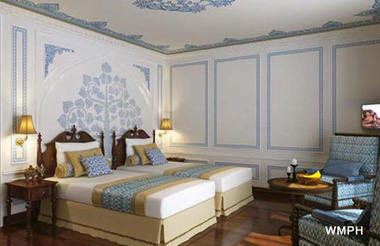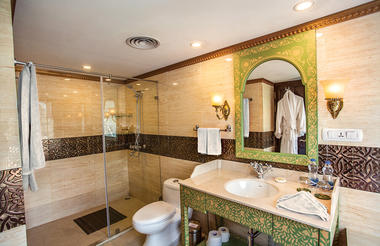Vast, diverse, deeply spiritual and utterly unforgettable, India is unlike anywhere else on earth – a melting pot of ethnicities and religions, a treasure trove of history and culture, and a curious mixture of chaos and serenity. Stretching across more than three million square kilometres, it encompasses a staggering array of landscapes, vistas and environs, and offers unparalleled travel experiences – from the beautiful beaches of Goa, to the compelling craziness of Kolkata, the sacred Ganges river banks of Varanasi, the snow-capped peaks of the Himalayas in Kashmir and the ancient, exquisitely crafted temples dotted across the entire country. Not to mention the vibrant, friendly people, and the incredible cuisine.
India’s capital, New Delhi, lies on the Indo-Gangetic Plain, within the National Capital Territory of Delhi. Made up of the ancient walled city of Old Delhi and the more modern sector, New Delhi, the city encompasses a staggering array of beautiful buildings, including three UNESCO World Heritage Sites – the grand, sandstone Red Fort, striking Qutab Minar, and fascinating Humayun's Tomb. Architecture enthusiasts will delight in the iconic Lotus Temple. Hear ‘qawwalis’ (devotional music) at the dargah (tomb) of the Sufi saint Nizam-ud-din Auliya; or wander through the 17th century Chandni Chowk marketplace – still one of the city’s most popular retail centres today, famous for its traditional jewellery and saris. The gorgeous Sunder Nursery and Lodi Garden provide calm, flower-filled oases for picnicking.



Fringed by the rugged Aravali Hills, Jaipur, nicknamed the ‘Pink City’ for its salmon-hued terracotta buildings, is the capital and largest city in the Rajasthan State. This metropolis combines tradition and modernity with its vibrant bazaars, lavish palaces, and ancient temples. Don’t miss the fairy-tale splendour of the Amber Fort, set against the backdrop of the arid landscape and hosting enthralling sound and light shows; the UNESCO-listed Jantar Mantar, a collection of 300-year-old astronomical tools which look like contemporary art; and the opulent City Palace, with its palatial structures, sprawling gardens, and atmospheric courtyards. Jaipur falls within the Golden Triangle, a popular tourist circuit, which includes Delhi, Jaipur, and Agra, and it also serves as a gateway to the neighbouring desert cities of Jaisalmer and Jodhpur.
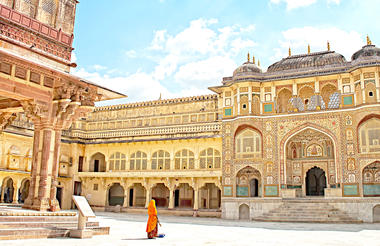


Set on the banks of the Yamuna River in Uttar Pradesh, Agra is a beautiful city famous for its incredible Taj Mahal building, one of the seven wonders of the world. Commissioned by the Mughal emperor Shah Jahan in the 15th century as a memorial to his beloved wife Mumtaz Mahal, this is an architectural masterpiece of exquisite craftsmanship and perfect proportions. The city boasts numerous other superb attractions, including the red-hued sandstone Agra Fort, built in the 16th century; the Shahi Jama Masjid mosque, a 17th-century congregational mosque located in the historic core of Agra, and Itmad-ud-Daulah’s tomb, with its white marble facade embellished with intricate inlaid designs, also called the' Baby Taj'.
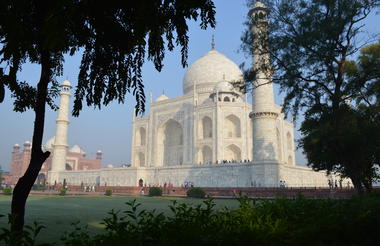
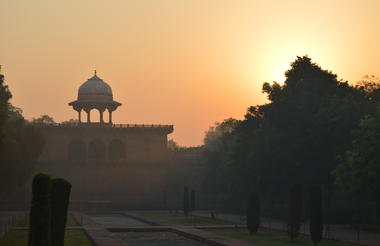
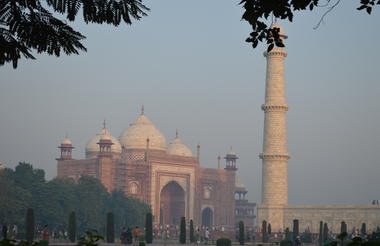
One of the most popular parks in India, Bandhavgarh National Park is renowned for the highest density of tigers in the region - situated in the Umaria district of Madhya Pradesh. Besides its numerous tigers, the park is home to a large array of wildlife including sloth bears, deer, leopards and jackals. Birdwatchers will delight in the plethora of species that inhabit rocky crags, the auburn forest floor, and the mottled forest canopy. Declared a national park in 1968, Bandhavgarh was named after an ancient fort built on 800-metre-high (2,624 foot) cliffs in the park. From its zenith, one can enjoy incredible views of the park (note prior permission is required).
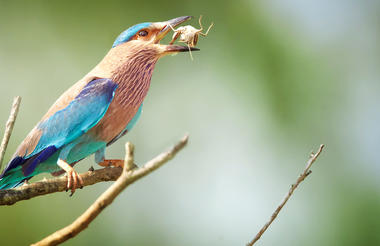
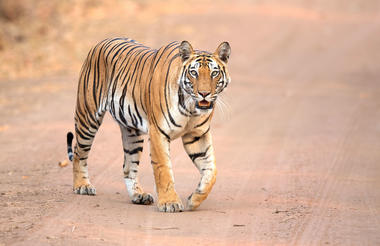
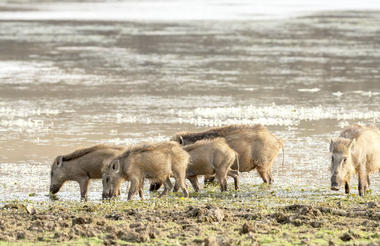
Located southwest of Kanpur, Khajuraho is considered one of India’s seven wonders and is listed as a UNESCO world heritage site. The city encompasses the nation’s largest array of medieval Hindu and Jain temples, decorated with intricately detailed erotic sculptures and reliefs. The site incorporates close to 100 sacred structures, some of them exquisitely preserved, and each evening, a light and sound show is staged here, covering the history, philosophy and craftsmanship encapsulated in this archaeological goldmine. Other highlights include the vibrant Annual Dance Festival of Khajuraho; the Panna National Park, home to leopards; the Arhanta Yoga Ashram, where visitors can take classical Hatha yoga classes. The city also boasts a wide variety of wonderful shops, markets and restaurants.
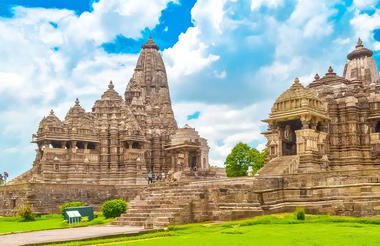
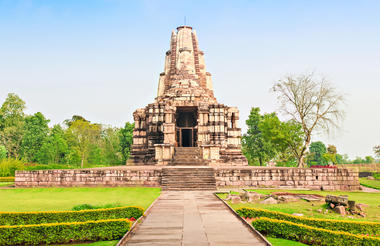
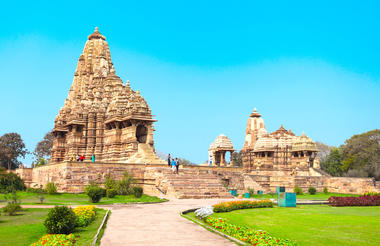
An ancient and deeply sacred city, Varanasi rests along the banks of the holy River Ganges and encompasses a wealth of beautiful riverside temples, stately old forts and vibrant markets. It’s considered the spiritual capital of Hinduism, and it’s widely believed that dying here will bring salvation. As a result, the city is home to a multitude of ghats – stone steps leading to the river –some of which are used for bathing rituals and others as cremation sites. An early morning boat ride along the Ganges offers an excellent way to take in the ghats and the bustling activity centred on them.
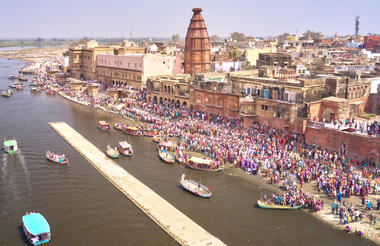
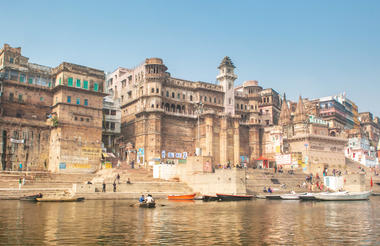
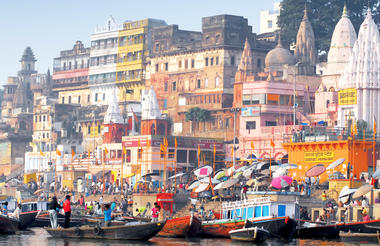
Located along the eastern bank of the Hooghly River in the lower Ganges Delta, Kolkata is the capital of the Indian state of West Bengal. This 350-year-old metropolis is the heart and soul of eastern India, and is known for its crumbling colonial architecture, elegant gardens, countless temples and bustling bazaars. Celebrated as the birthplace of the early 20th-century Bengal Renaissance, Kolkata is a major centre for drama, art, film, theatre, literature, spirituality and music. Visitors can roam the streets and soak up the atmosphere of faded grandeur, or take a ride in a rickshaw to one of the many Indian restaurants serving mouth-watering Bengali cuisine. Must-see highlights include the Victoria Memorial, with its east-meets-west architecture; the Indian Museum, with its range of rare artefacts; and the Kali Temple, an important pilgrimage centre for Hindus.

